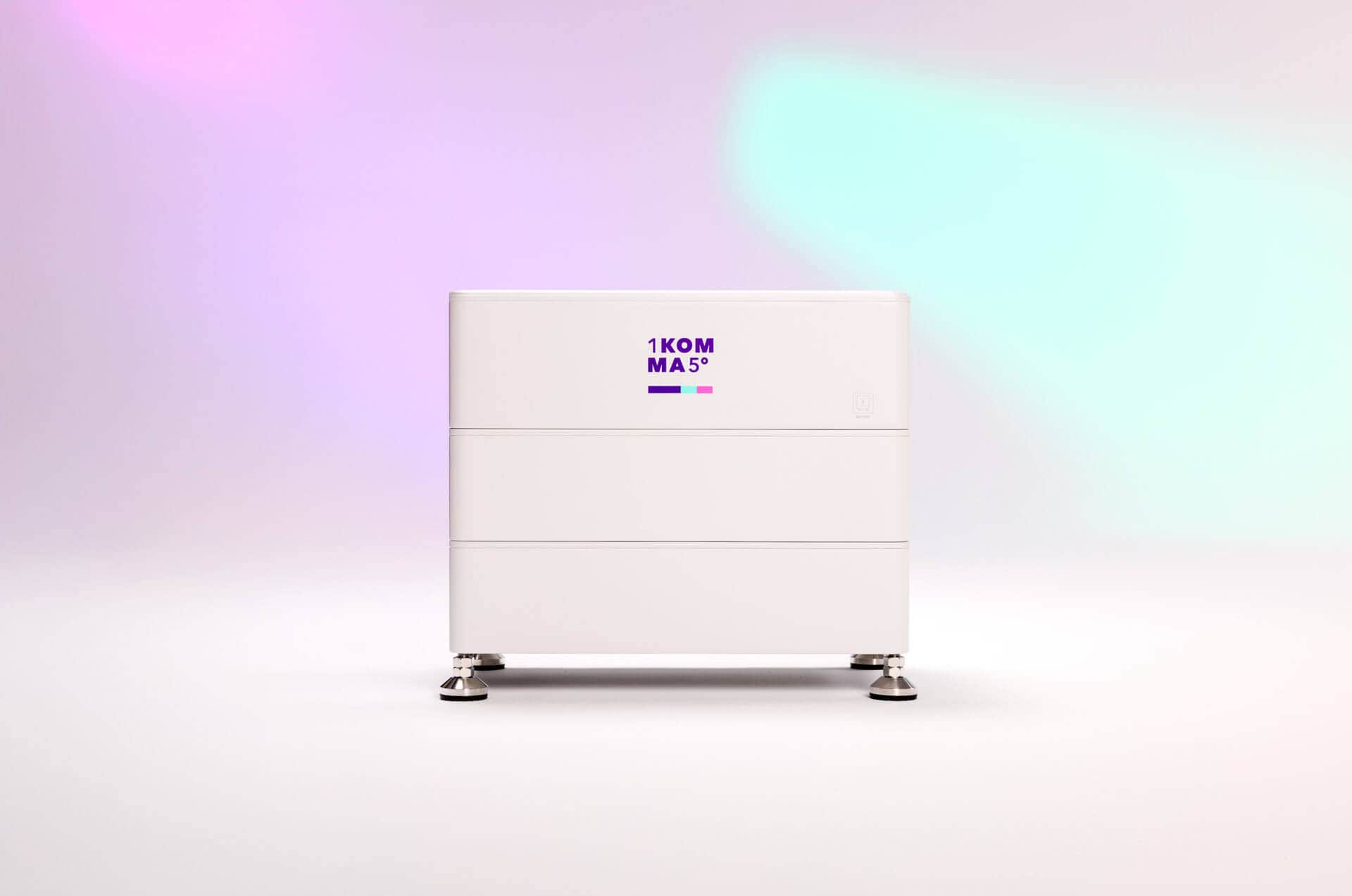
What Size Solar Battery Do I Need?
Key Takeaways:
How is Battery Size Measured?
Why Do You Want to Install a Solar Battery?
What Solar Experts Look At Before Advising a Solar Battery Size?
Your Energy Consumption Patterns
Your Solar Panel System Size
Backup Power Requirements

Your Lifestyle and Future Plans
Your Budget and Available Solar Battery Rebates
How to Calculate the Solar Battery Size You Need For Your House?

Step 1: Check Your Daily Energy Usage
Step 2: Estimate Your Night-Time Consumption
Step 3: Adjust for Depth of Discharge (DoD)
Step 4: Factor in Backup Needs (Optional)
Step 5: Add a Buffer for Future Growth
Final Estimate: Around 13 kWh
Sample Battery Size Estimates for Common Households
| Household Type | Typical Daily Usage (kWh) | Estimated Battery Size | Description |
|---|---|---|---|
| small, one to two person household | 8-15 kWh | 5-10 kWh | Good for moderate night use and bill savings |
| medium, three to four person household | 15-25 kWh | 7-15 kWh | Covers night-time usage and helps during cloudy days |
| large, four to five person household | 25-35+ kWh | 10-15 kWh | May need extra capacity during winter or high usage days |
| large home with a pool | 30-40 kWh | 13-18 kWh | Pool pumps often run during the day, so pair with solar |
| large home with an EV | 35-45+ kWh | 15 - 20kWh+ | Add 5–10 kWh extra capacity if charging EVs overnight |
| home with multiple air conditioners | 30–40 kWh | 13–16 kWh | Summer demand can spike; consider demand management |
| regional home with frequent blackouts | 20–30 kWh | 13–16 kWh + backup | Reliable backup storage is key; consider hybrid systems |
Solar Battery Chemistry
Lithium Iron Phosphate (LiFePO₄ or LFP)
Lithium Nickel Manganese Cobalt Oxide
Lead Acid
What is Lost Along the Way


Extra Considerations for Low-Sun Regions
Undersizing vs Oversizing Your Solar Battery
| Approach | Pros | Cons |
|---|---|---|
| Undersized Battery (smaller than your total evening or backup need) | • Lower upfront cost • Charges fully more often • Higher round-trip efficiency per cycle | • May not cover full usage during outages • Less backup duration • Can't store all the excess solar. Unused solar can still be exported for feed-in credits, which is lower than your electricity rates. |
| Oversized Battery (more capacity than you often use) | • More backup power • Better for future needs (EVs, bigger family, electrification) • Stores more solar on high-generation days | • Higher upfront cost • May not fill up often in winter • Payback may be slower if not used consistently |
Guide Questions for Your Solar Installer
How long will the battery last each night based on my usage?
Can the system be expanded later if my energy usage increases?
How did you determine this battery size for my home?
What is the usable capacity of the battery you’re recommending?
Are there any rebates or financing options available?
Get the Right Battery Without the Guesswork

